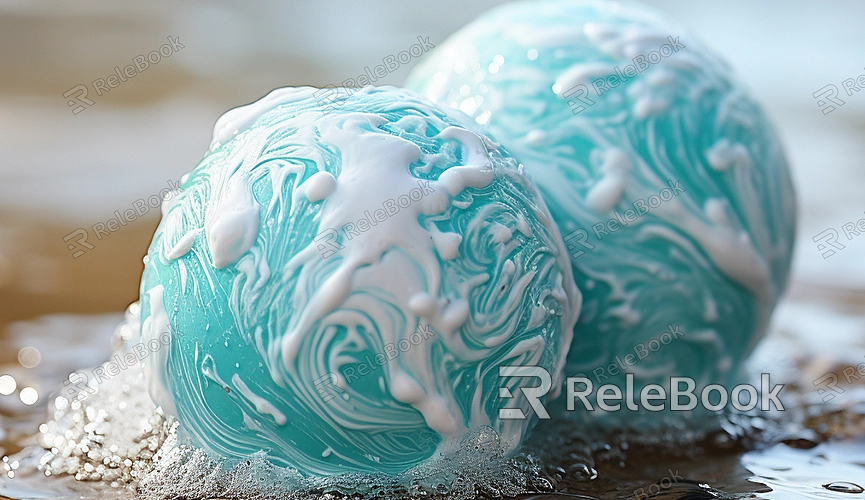How to Render a Image in Blender
Blender is a powerful open-source 3D computer graphics software widely used in animation, modeling, rendering, and other fields. Rendering images in Blender is a crucial step that determines the final presentation. This article will provide a detailed guide on how to render images in Blender.
Steps to Render an Image
Rendering images in Blender typically involves the following steps:
1. Prepare the Scene: Before rendering, prepare a 3D scene with elements such as models, materials, lighting, etc. You can create the scene you want by modeling, importing models, or using preset scenes.
2. Set Up the Camera: Before rendering, set up a camera to determine the rendering perspective and frame. You can choose an appropriate camera object or manually adjust the camera's position and angle in the 3D view.

3. Adjust Rendering Settings: In Blender, you can control rendering effects and quality by adjusting rendering settings. Set rendering engine, resolution, sampling, lighting, shadows, output format, and file path.
4. Set Up Materials and Textures: Before rendering, it's common to set up suitable materials and textures for models to enhance rendering effects. You can achieve this by adding material nodes and adjusting parameters like color, reflection, refraction, etc.
5. Adjust Lighting and Shadows: Lighting and shadows are critical factors affecting rendering effects. Optimize rendering results by adjusting light source position, intensity, color, shadow type, and quality.
6. Render the Image: Finally, click the render button or use shortcuts to start rendering and wait for the process to complete. Rendering time depends on scene complexity, rendering settings, and computer performance.
Rendering Engines in Blender
In Blender, several rendering engines are available, each with its characteristics and suitable scenarios:
1. Cycles Rendering Engine: Cycles is a physically-based rendering engine in Blender that supports advanced effects like global illumination, reflection, refraction, etc. It's suitable for rendering high-quality static images and animations.
2. Eevee Rendering Engine: Eevee is a real-time rendering engine in Blender that supports features like real-time preview, hardware acceleration, volumetric effects, etc. It's suitable for quick previews and interactive rendering.
3. Other Rendering Engines: Apart from Cycles and Eevee, Blender also supports other rendering engines like Workbench, Freestyle, each with unique features and advantages.
Tips and Considerations for Rendering Images
When rendering images, consider the following tips and considerations for better results:
Optimize Models and Materials: Simplify model geometry and optimize material and texture parameters to speed up rendering and reduce resource consumption.
Set Rendering Parameters Reasonably: Adjust rendering settings parameters such as resolution, sampling, lighting, shadows, etc., as needed to achieve desired rendering effects.
Use Environment Maps: Adding environment maps can enhance rendering effects, making scenes more realistic and vivid, improving image quality and realism.
Preview from Multiple Angles: Before rendering, preview and adjust from multiple angles to better grasp rendering effects and composition, avoiding unnecessary errors and adjustments.
Save and Backup Timely: Save and backup work files promptly during rendering to prevent accidental loss or damage, ensuring smooth work progress and rendering result safety.
Rendering images is a crucial step in Blender, determining the final presentation. Through proper settings and optimization, you can achieve high-quality and realistic rendering images, adding more charm and appeal to your projects. If you need many high-quality 3D textures and HDRI, or downloadable 3D models, you can download them from Relebook and import textures and 3D models directly into your models for use.

